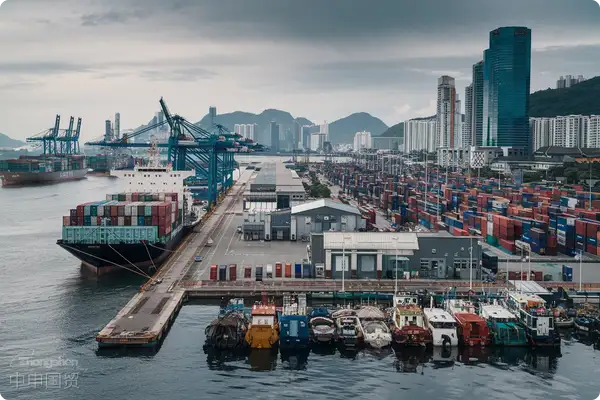- Shanghai Zhongshen International Trade Co., Ltd. - Two decades of trade agency expertise.
- Service Hotline: 139 1787 2118

Contents
ToggleJapanEquipment ImportsThree potential risks of
According to the latest customs statistics in 2025, when domestic enterprises independently handle the import of Japanese equipment, 42% of the declarations contain HS code classification errors, resulting in an average of 87,000 yuan in late fees per order. Professional agencies can reduce the error rate to below 3% through the pre-classification system. Risks are particularly prominent in the following areas:
- Electrical and Mechanical Equipment Safety Certification: The gaps in the alignment between Japanese JIS certification and China's CCC certification
- Dispute over Valuation of Used Machinery: Customs Valuation and the Compensation Mechanism for Deviations from Commercial Invoices
- Specifications for Special Component Transportation: Hydraulic oil-containing equipmentMaritime TransportationUN certification requirements
Comprehensive customs clearance operation guide
Taking the import of a five-axis machining center in 2025 as an example, the standard operating procedures for professional agents are as follows:
- Preparation phase (15 working days)
- Equipment parameter pre-review (including software module breakdown)
- It is recommended to verify through the following methods:Verification of Export Filing with Japan's Ministry of Economy, Trade and Industry
- Declaration phase (3 working days)
- HS Code Triple Verification System
- Automatic Generation of Import Registration Form for Electromechanical Products
- On-site inspection phase (5 working days)
- Pre-inspection service for IPPC marks on wooden packaging
- Standard Response Phrase Bank for Customs Queries
Comparison of Tariff Cost Optimization Solutions
Taking the example of importing semiconductor manufacturing equipment worth $2 million:
- Self - declaration group:
- Average customs clearance time: 22 working days
- Additional cost ratio: 8.2% (including misclassification penalties)
- Professional agency group:
- Average customs clearance time: 13 working days
- Cost saving rate: 4.5% (utilizing FTA tariff rates)
Examples of Emergency Response
In March 2025, an auto parts company encountered the following issues when importing stamping equipment:
- Emergency situation: Customs questions the discrepancy between the equipment nameplate information and the declared details.
- Agent Response:
- Retrieve the factory inspection report from the Japanese plant within 1 hour.
- Coordinate with Japanese manufacturers to issue a technical variance statement.
- Activate the emergency channel for customs classification advance rulings
- Handling results:Avoiding a 350,000 yuan deposit freeze, with customs clearance time extended by only 2 working days.
Key Points of Policy Changes in 2025
- Japan's export control list adds 12 categories of precision instruments.
- The mutual recognition of AEO between Chinese and Japanese customs has been expanded to the Kansai region.
- The age standard for importing used mechanical and electrical products has been adjusted to the dual restrictions of "8 years since manufacture + 5 years in use."
Related Recommendations
? 2025. All Rights Reserved. Shanghai ICP No. 2023007705-2  PSB Record: Shanghai No.31011502009912
PSB Record: Shanghai No.31011502009912










